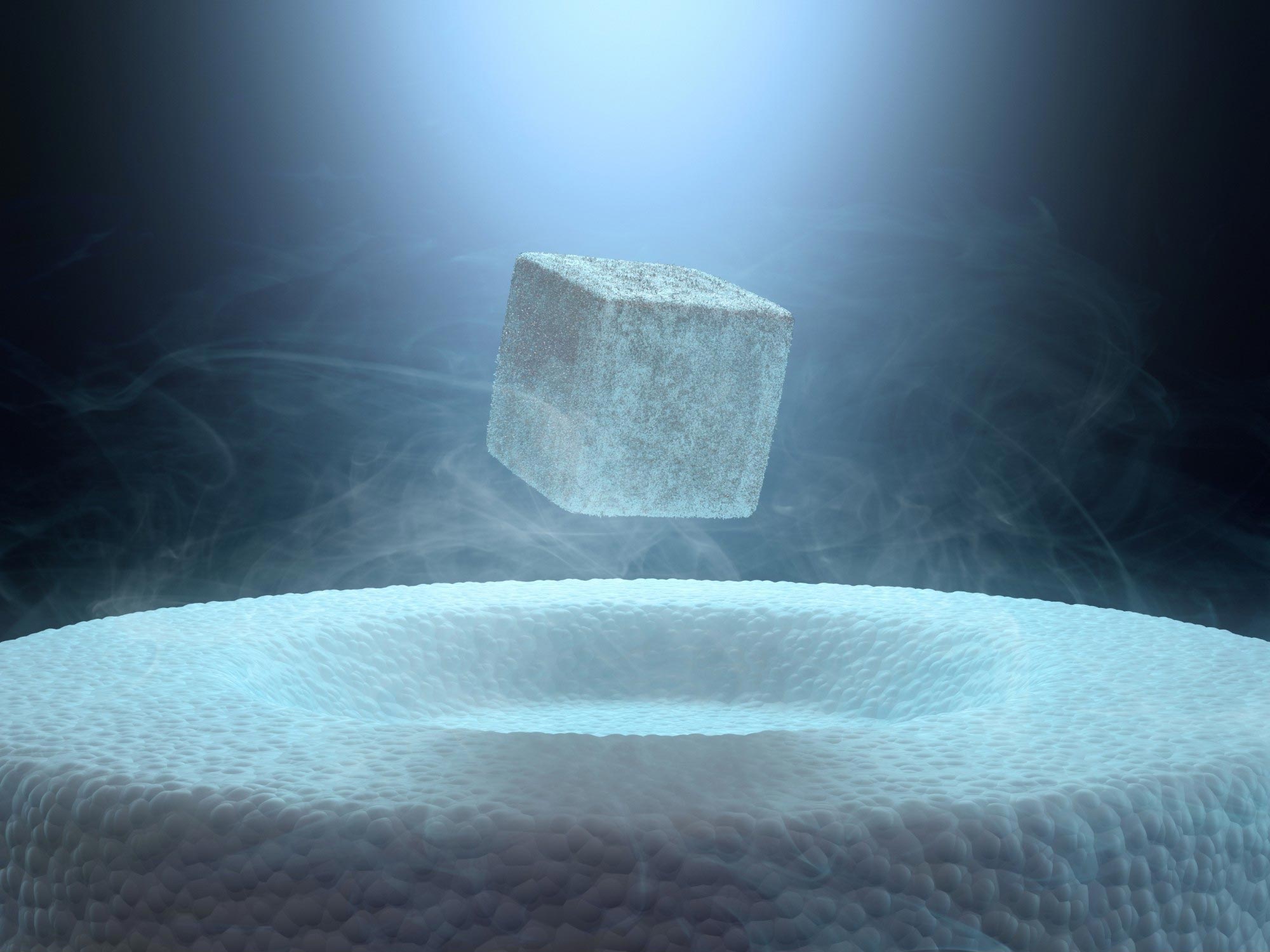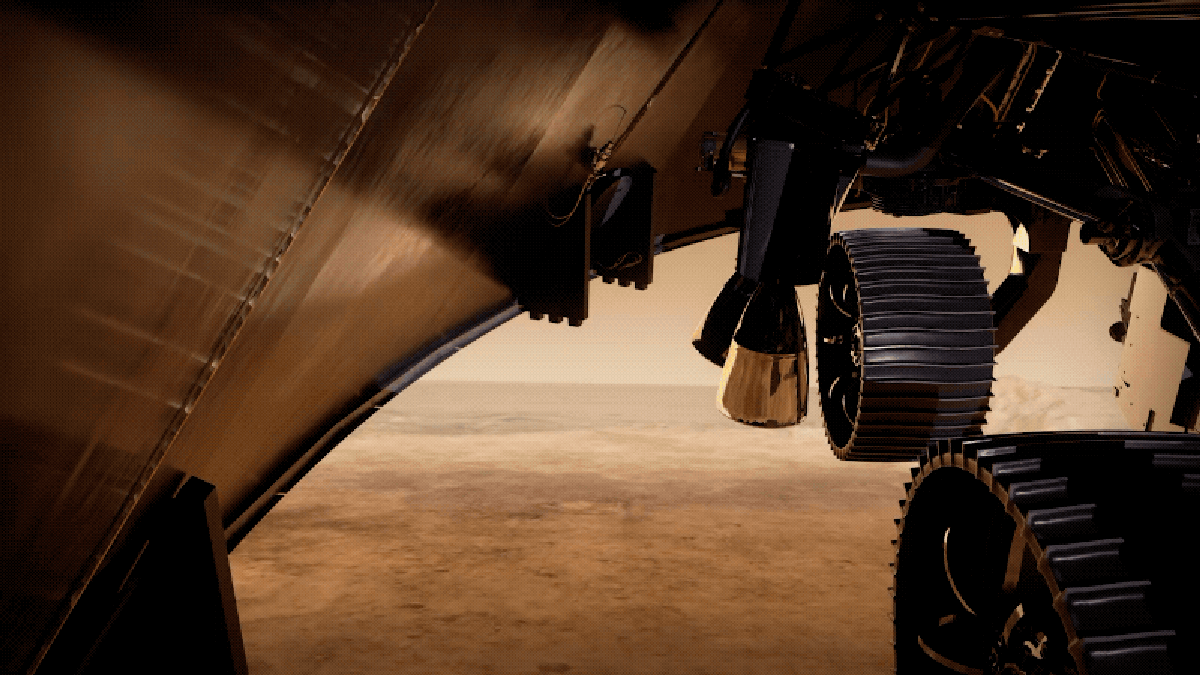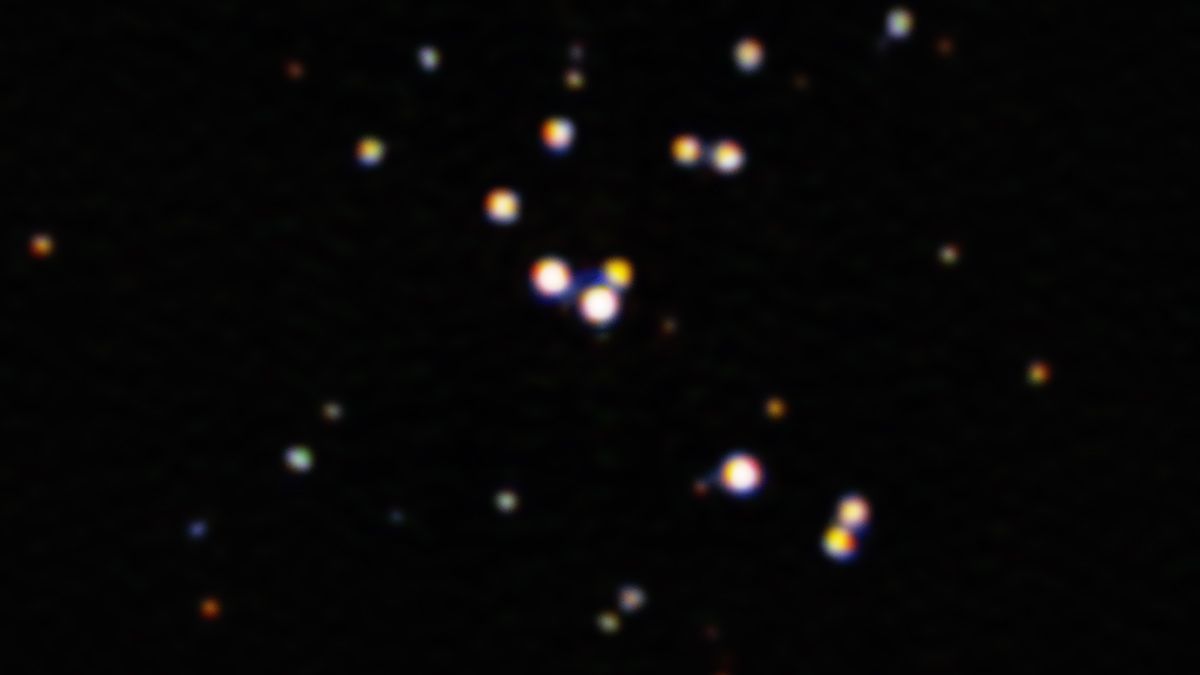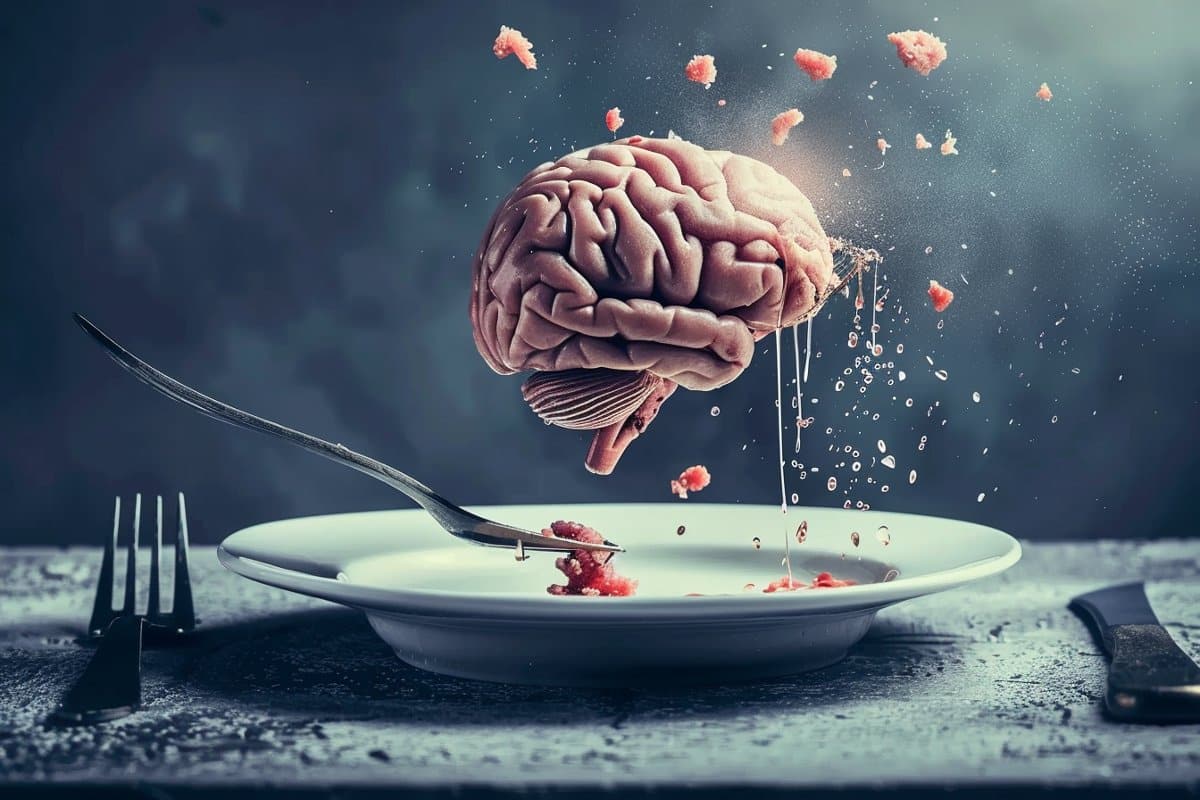Nová éra výskumu supravodivosti – Vedci objavili materiál „Zlatovláska“.

Výskumníci z TU Wien a univerzity v Japonsku použili počítačové simulácie na identifikáciu „zlatej zóny“ pre optimálnu supravodivosť. Tento región, kde je interakcia medzi elektrónmi silná, ale nie príliš silná, dosiahol Palladates s novou triedou materiálov, ktoré by mohli viesť k novej ére výskumu supravodivosti.
TU Wien urobila výpočty, ktoré naznačujú použitie vzácneho kovu paládia ako materiálu „zlatoviek“ na výrobu supravodičov, ktoré zostávajú supravodivé aj pri relatívne vysokých teplotách.
V oblasti modernej fyziky prebieha dlhotrvajúca snaha: identifikovať optimálny spôsob výroby supravodičov, ktoré si zachovajú svoju supravodivosť pri vysokých teplotách a okolitých tlakoch. Toto hľadanie bolo v poslednom čase poháňané objavením sa nikelátov, ktoré ohlasujú novú éru supravodivosti.
Základom týchto supravodičov je nikel, čo vedie mnohých vedcov k tomu, že toto obdobie výskumu supravodivosti označujú ako „vek niklu“. V mnohých aspektoch sú nikeláty podobné kuprátom, ktoré boli objavené v 80. rokoch 20. storočia a sú založené na medi.
Teraz však vstupuje do hry nová trieda materiálov: V spolupráci medzi TU Wien a univerzitami v Japonsku bolo možné na počítači simulovať správanie rôznych materiálov presnejšie ako predtým.
Existuje „zóna Zlatovlásky“, v ktorej supravodivosť funguje obzvlášť dobre. A toto územie nedosahuje ani nikel, ani meď, ale paládium. To by mohlo začať novú „éru Palladates“ vo výskume supravodivosti. Výsledky boli teraz publikované vo vedeckom časopise
The search for higher transition temperatures
At high temperatures, superconductors behave very similarly to other conducting materials. But when they are cooled below a certain “critical temperature”, they change dramatically: their electrical resistance disappears completely and suddenly they can conduct electricity without any loss. This limit, at which a material changes between a superconducting and a normally conducting state, is called the “critical temperature”.
“We have now been able to calculate this “critical temperature” for a whole range of materials. With our modeling on high-performance computers, we were able to predict the phase diagram of nickelate superconductivity with a high degree of accuracy, as the experiments then showed later,” says Prof. Karsten Held from the Institute of Solid State Physics at TU Wien.
Many materials become superconducting only just above absolute zero (-273.15°C), while others retain their superconducting properties even at much higher temperatures. A superconductor that still remains superconducting at normal room temperature and normal atmospheric pressure would fundamentally revolutionize the way we generate, transport, and use electricity. However, such a material has not yet been discovered.
Nevertheless, high-temperature superconductors, including those from the cuprate class, play an important role in technology – for example, in the transmission of large currents or in the production of extremely strong magnetic fields.
Copper? Nickel? Or Palladium?
The search for the best possible superconducting materials is difficult: there are many different chemical elements that come into question. You can put them together in different structures, you can add tiny traces of other elements to optimize superconductivity. “To find suitable candidates, you have to understand on a quantum-physical level how the electrons interact with each other in the material,” says Prof. Karsten Held.
This showed that there is an optimum for the interaction strength of the electrons. The interaction must be strong, but also not too strong. There is a “golden zone” in between that makes it possible to achieve the highest transition temperatures.
Palladates as the optimal solution
This golden zone of medium interaction can be reached neither with cuprates nor with nickelates – but one can hit the bull’s eye with a new type of material: so-called palladates. “Palladium is directly one line below nickel in the periodic table. The properties are similar, but the electrons there are on average somewhat further away from the atomic nucleus and each other, so the electronic interaction is weaker,” says Karsten Held.
The model calculations show how to achieve optimal transition temperatures for palladium data. “The computational results are very promising,” says Karsten Held. “We hope that we can now use them to initiate experimental research. If we have a whole new, additional class of materials available with palladates to better understand superconductivity and to create even better superconductors, this could bring the entire research field forward.”
Reference: “Optimizing Superconductivity: From Cuprates via Nickelates to Palladates” by Motoharu Kitatani, Liang Si, Paul Worm, Jan M. Tomczak, Ryotaro Arita and Karsten Held, 20 April 2023, Physical Review Letters.
DOI: 10.1103/PhysRevLett.130.166002

Web nerd. Organizátor extrémov. Spisovateľ. Evanjelista celkom potravín. Certifikovaný introvert.





